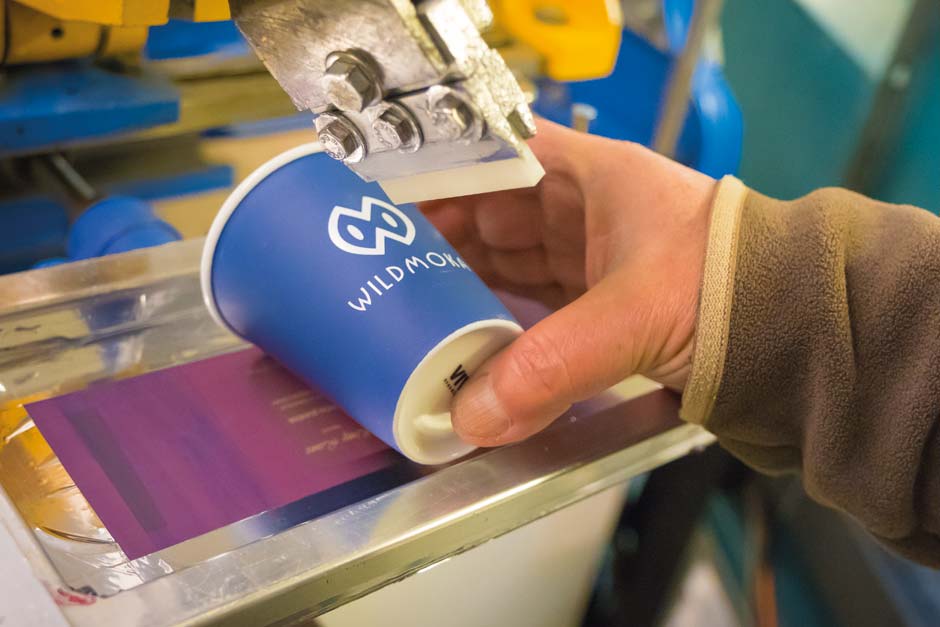How does Serigraphie work?
Among the latest types of art in the
West, Serigraphie (display printing, silkscreen, or serigraphy - from sēricum,
Latin for silk) is a twentieth-century intaglio printmaking technique derived
from traditional stenciling, itself one of the earliest kinds of picture art
duplication. It includes placing a fine mesh screen, that will be stretched
tightly over a wooden framework, above a bit of paper. Color is forced through
the screen having a rubber blade called a squeegee. The screen is silk the name
silkscreen printing. As nylon, cotton, or metal can be useable, the term that is
more inclusive is screen printing. Some skilled designers prefer to use the term
serigraphy to differentiate between artistic screen printing and that of
commercial printing.
In years past a stencil to make the print of design
or a graphic was used by the silkscreen printing process. Stencils were employed
for centuries from the Orient to make artwork prints in addition to craft items,
fabrics, robes. Each color is applied using a different stencil, one at a time,
combined to get the final appearance. The production of Serigraphie was very
artistic procedure that required many weeks to become whole.
They put the
screen on the desirable substrate (e.g., newspaper, glass, fabric ) and ink is
then applied over the monitor and spread across the stencil during the open mesh
onto the strand beneath. The ink is spread having a squeegee - and - rubber
blade usually the same diameter as the screen. The area that is unblocked is the
point where the ink filters through and creates the image. Any number of colors
may be usable, although it takes another screen for each color. To obtain more
information on Serigraphie kindly check out https://www.indecoserigrafia.fr.
Nowadays, people's tastes in Serigraphie are more
advanced and refined. Garments which can be softer to the touch using a
weatherproof look and feel are preferred by them. It's considered more versatile
than traditional printing methods.

